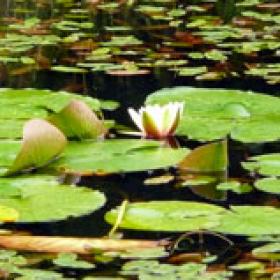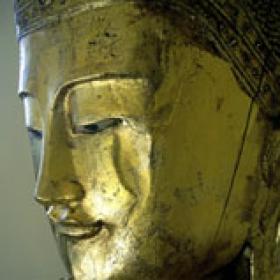Samatha meditation



The meditation technique we use is based on mindfulness of the breath. It was introduced to this country from Thailand in the 1960's and has been taught here ever since. It is developmental and is taught in stages over several months. Classes are normally held weekly and provide an opportunity for group practice, discussion, talks about the Buddha's teaching and individual discussion with a teacher. There is no charge for teaching but a contribution towards room hire will be requested.
The Samatha meditation technique has its roots in the Thai Buddhist tradition, and was introduced to England in 1962 by Nai Boonman, a Thai meditation teacher.
Samatha means calm. Samatha meditation is an effective but gentle way of training the mind to develop inner strength and freedom from turmoil. This produces a happier and more unified state of mind, leading on to clarity and understanding. This path from calm (samatha) to insight (vipassanā) was followed by the Buddha himself and is a central tradition of Buddhist meditation.
By regular daily practice the chattering, unruly mind gradually becomes calmer and clearer. The way our mind works becomes less confusing to us and we begin to understand the habits of mind that hold us back from happiness and freedom. We become kinder to ourselves and those around us.
This form of meditation is particularly suitable for those looking for a way to develop meditation practice and the benefits it can bring, whilst continuing with the challenges of everyday life.